
Can I Daisy Chain Under Cabinet Lights?
Share
Yes, you can daisy chain under cabinet lights,
a method that involves connecting multiple lights together in a series using a single power source. This approach offers several benefits, including simplified wiring, reduced clutter, and consistent lighting. Various studies and expert opinions support the feasibility and efficiency of daisy chaining under cabinet lights. Here’s an in-depth look at the process, benefits, and considerations.
Understanding Daisy Chaining
Daisy chaining is a wiring method where multiple devices are connected in a series or a linear chain. Each device is connected to the next one, and the last device is connected to the power source. In the context of under cabinet lighting, this means connecting multiple light fixtures together, typically using connectors or cables, to share a single power source.
Benefits of Daisy Chaining Under Cabinet Lights
- Simplified Wiring: Daisy chaining reduces the complexity of wiring by minimizing the number of connections to the power source. This can be particularly beneficial in kitchens where space and accessibility might be limited.
- Reduced Clutter: By using a single power source and fewer cables, daisy chaining helps maintain a clean and organized look. This can enhance the overall aesthetics of the kitchen.
- Consistent Lighting: Daisy chaining ensures that all connected lights receive power simultaneously, providing uniform illumination across the entire under cabinet area. This consistency is crucial for both task lighting and ambiance.
Expert Opinions and Data
- Illuminating Engineering Society (IES): The IES recommends daisy chaining for its efficiency in distributing power and maintaining consistent lighting levels. Their studies highlight the method’s practicality in residential settings.
- National Electrical Code (NEC): The NEC provides guidelines for safe electrical installations, including daisy chaining. Compliance with these standards ensures that daisy chaining is both safe and effective.
Comparing Daisy Chaining to Other Wiring Methods
| Aspect | Daisy Chaining | Parallel Wiring |
|---|---|---|
| Wiring Complexity | Simplified, fewer connections | More complex, individual connections |
| Cable Clutter | Reduced, fewer cables | Increased, more cables |
| Consistent Lighting | High, simultaneous power supply | High, but requires more planning |
| Installation Cost | Lower, less material needed | Higher, more material required |
| Maintenance | Easier, fewer connection points | More complex, more connection points |
Steps to Daisy Chain Under Cabinet Lights
- Planning: Measure the under cabinet space and determine the number of lights needed. Plan the layout to ensure even distribution of light.
- Selecting Fixtures: Choose compatible light fixtures designed for daisy chaining. LED lights are commonly used due to their low power consumption and high efficiency.
- Wiring: Connect the first light to the power source. Use appropriate connectors or cables to link subsequent lights in the series. Ensure all connections are secure and insulated.
- Testing: Once all lights are connected, test the setup to ensure all lights operate correctly. Check for any flickering or uneven lighting, which could indicate poor connections.
- Securing: Secure all wires and fixtures in place, ensuring they are neatly arranged and out of sight. This not only enhances the aesthetic but also reduces the risk of damage or electrical hazards.
Practical Applications in Everyday Life
Example 1: Kitchen Renovation During a kitchen renovation, daisy chaining under cabinet lights can simplify the installation process. For instance, connecting LED strip lights in a series along the length of the cabinets provides uniform task lighting, enhancing visibility and safety while cooking.
Example 2: Home Office Setup In a home office with built-in cabinetry, daisy chaining under cabinet lights can create a well-lit workspace. This method ensures that the entire desk area is evenly illuminated, reducing eye strain and increasing productivity.
Example 3: Workshop Lighting In a garage or workshop, daisy chaining under cabinet lights can provide consistent lighting across multiple workbenches. This setup is both practical and cost-effective, ensuring that all work areas are adequately lit.
Conclusion
In conclusion, daisy chaining under cabinet lights is a practical and efficient method to achieve consistent and clutter-free lighting. By simplifying wiring and reducing cable clutter, daisy chaining enhances both the functionality and aesthetics of under cabinet lighting. Following proper guidelines and ensuring secure connections are key to a successful installation. This approach is supported by expert recommendations and provides a reliable solution for various lighting needs.
Explore our range of energy-efficient under cabinet lighting solutions at Lumaz to find the perfect fit for your kitchen.
FAQs
Is daisy chaining safe for under cabinet lighting?
Yes, daisy chaining is safe when done correctly and in compliance with the National Electrical Code (NEC) guidelines. Ensuring secure and insulated connections is crucial for safety.
How many lights can I daisy chain together?
The number of lights that can be daisy chained depends on the power rating of the fixtures and the capacity of the power source. Always refer to the manufacturer’s guidelines to avoid overloading the circuit.
Do I need a professional to install daisy chained under cabinet lights?
While experienced DIYers may be able to install daisy chained lights, hiring a licensed electrician is recommended to ensure compliance with electrical codes and safety standards.
What are the advantages of daisy chaining over plug-in lights?
Daisy chaining provides a cleaner, more professional look with fewer visible cables. It also offers consistent lighting and reduces the need for multiple power outlets.
Can I control daisy chained lights with a single switch?
Yes, daisy chained lights can be controlled with a single switch, making it convenient to turn all connected lights on or off simultaneously.
For More Information
1. Under Cabinet Lighting Buying Guide
2. How to Choose the Best Under Cabinet Lighting for Your Kitchen
3. How To Install Under Cabinet Lighting - Step-by-Step Guides


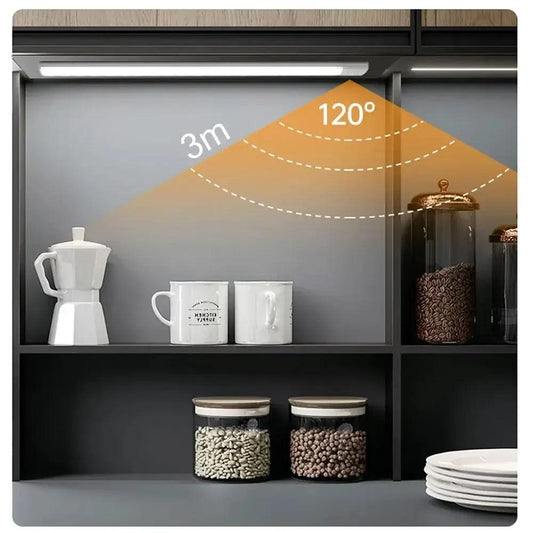



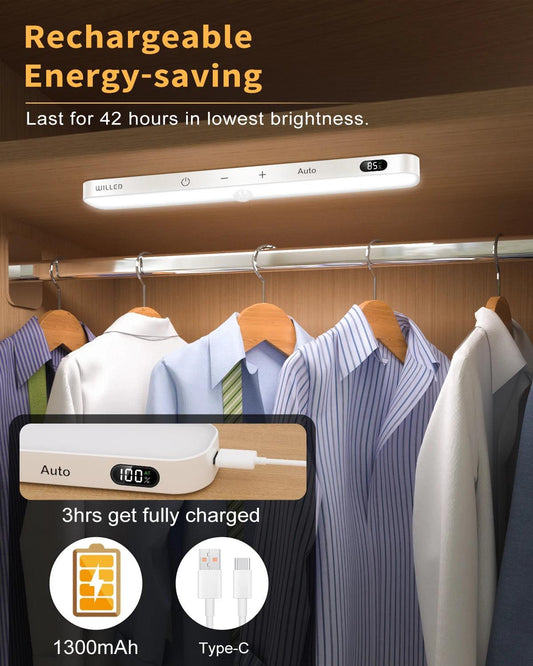

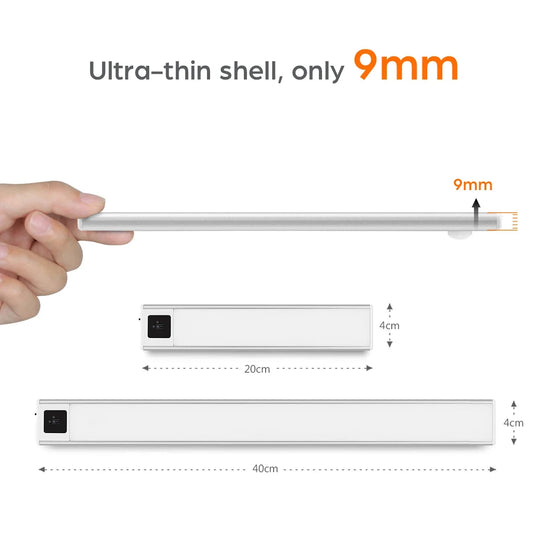

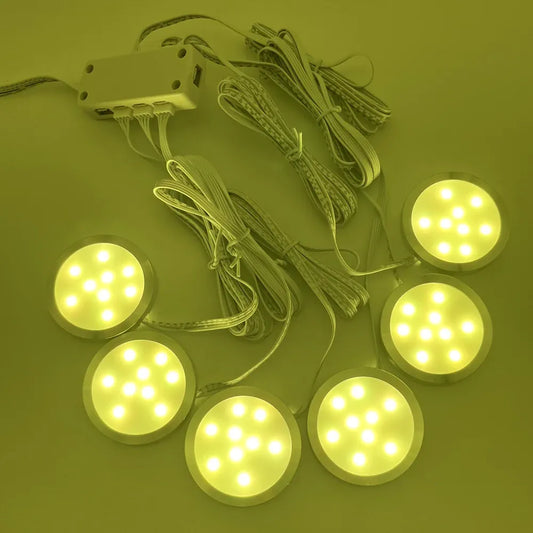



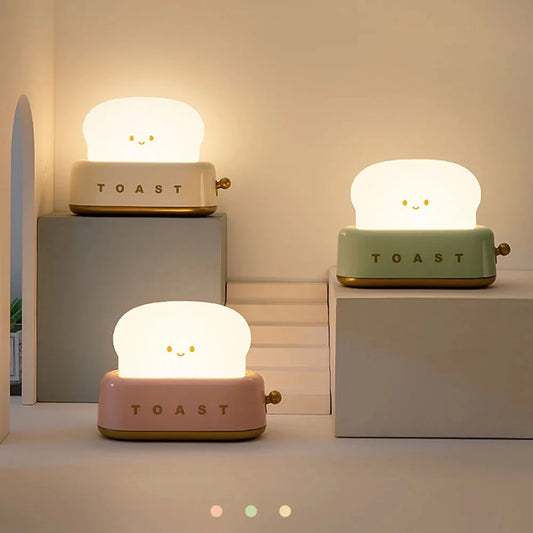

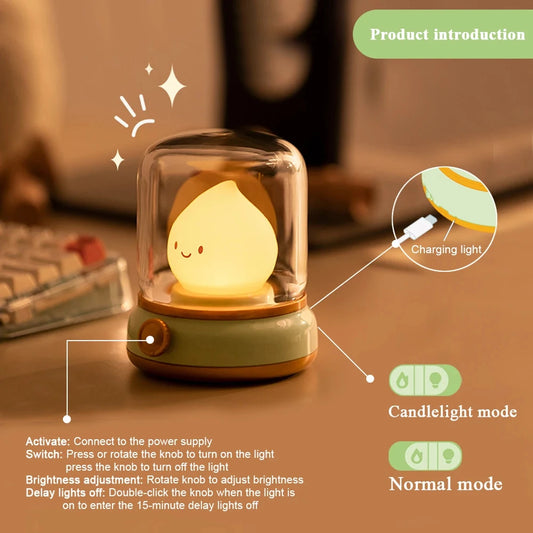

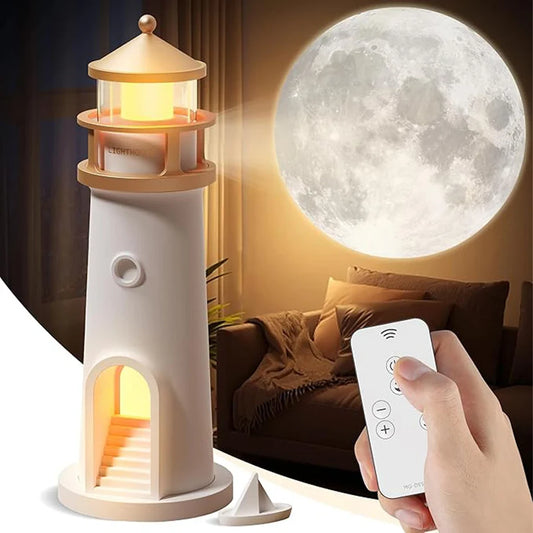

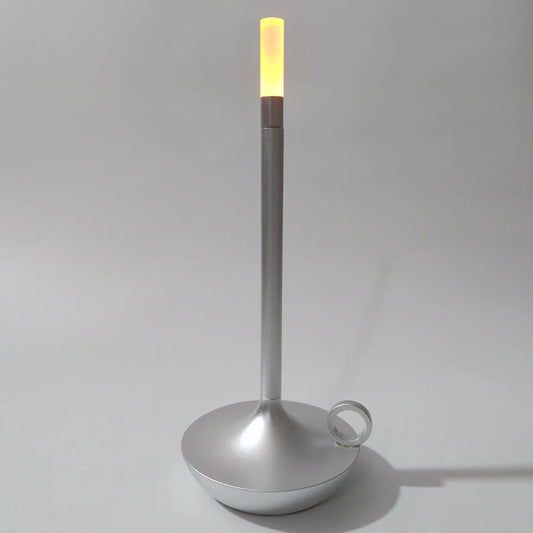

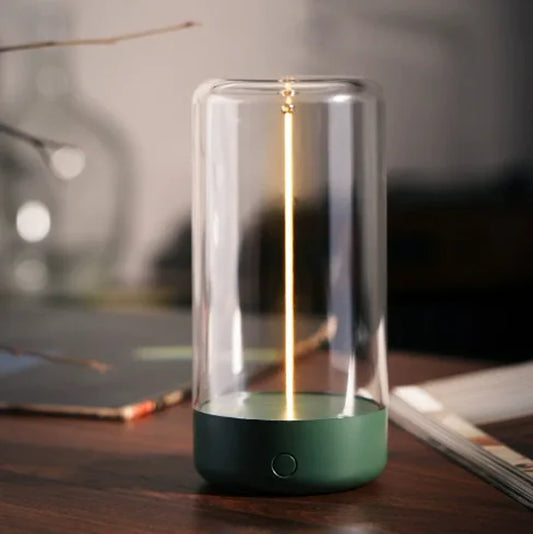

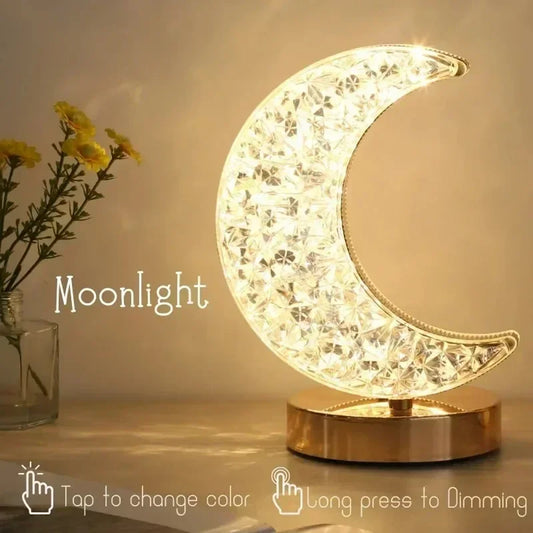



 />
/>
 />
/>
 />
/>
 />
/>
 />
/>